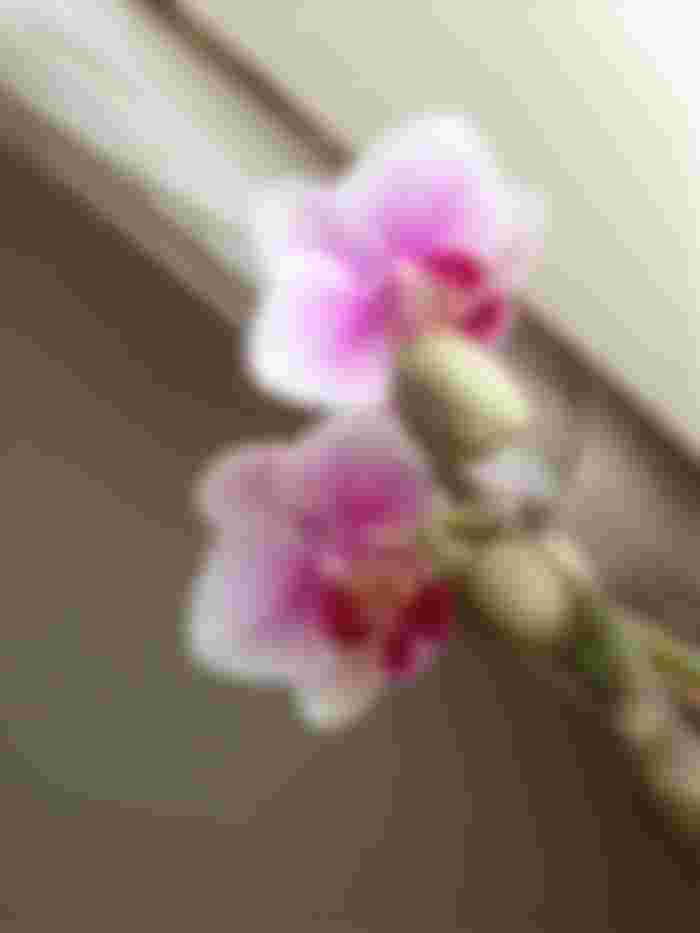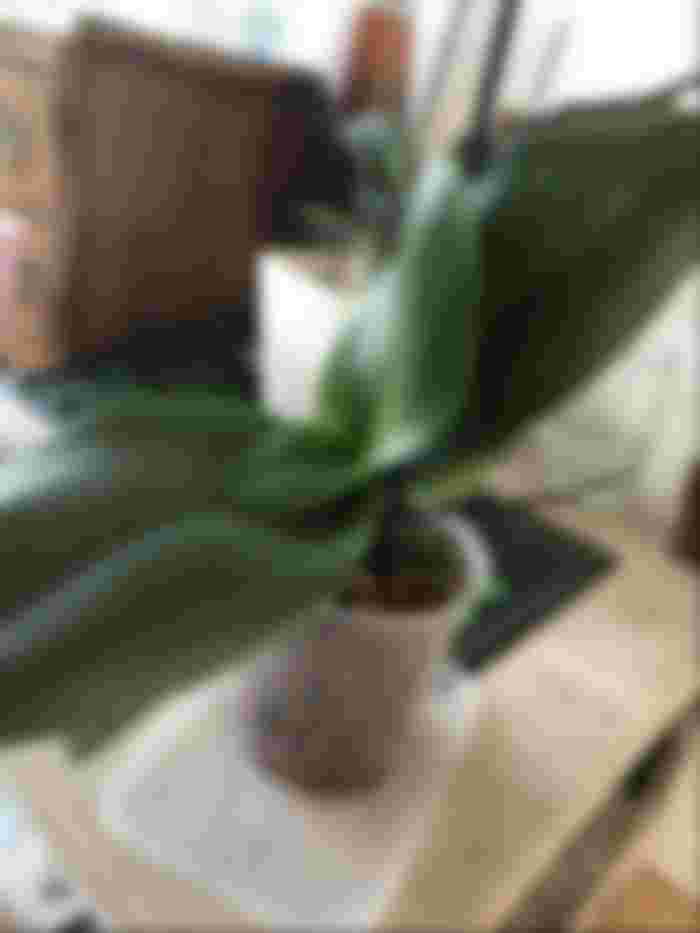Thursday, 22nd of July 2021
Do you see that gorgeous orchid in the lead image of this article? Yep... it's one of my many victims.
No, I don't kill orchids for pleasure. Mostly I kill them with too much love. Occasionally I kill them, because I'm not around to see that they're struggling.
I used to kick myself for the latter too, but that's just taking the antagonism to an unnecessary level. Some things are just out of our control and we can not take the blame for everything unpleasant that ever happens around us.
You know it, I know it, everybody knows it, just not many people want to talk about it. Failure is an inherent part of every success. It is failure that taught me how to care better for these beautiful Gaia creatures.
Repotting orchids in winter is not a good idea!
One of the first things I learned is that orchids are quite tough, but there are things that they don’t like. Repotting is one of those things. Repotting out of the growing season is even worse. Once they are happy in their pots, they don't want to be disturbed, but every so often they do need to be re-potted, as the organic media most people grow them in starts to break down and will eventually cause the orchid to die. Ideal time to do this is when orchids are in their growing season (best in spring or autumn), as new roots will help it get accustomed to the new media much quicker. It's also the time when we fertilise the most, so the orchid has plenty of energy to grow into the new house.
Of course to make it more tricky, not all orchids will react the same way. Cold loving orchids like most Masdevallias are best re-potted in the cold months, as they despise the warmth and repotting them in summer is almost sure to kill them.

Common Phalaenopsis however pretty much stops growing during the winter. Provided it’s not wet it is even safe to leave it unattended for a few months. Repotting at that time is just a no no. But how do I know this? Well, I killed at least 5 doing just that. Firstly I just thought I was unlucky or that they didn’t like their new homes. I tried giving them more water. I did all I was NOT supposed to do!

Only after I killed my first ever orchid (I’ve had it for 4 years), after repotting it in the middle of winter together with 2 other Phals, I started researching the subject and realised my mistakes. It was too late for some of my babies, but at least one of those three I re-potted, not only survived, but also won an award at my local orchid society meeting some years later.

Overwatering and weak genes.
That was one of the interesting parts. How is it possible that I re-potted 3 orchids at the same time in exactly the same way and 2 of them were even purchased from the same place at the same time. Upon closer introspection I realised the one which survived had the smallest pot, therefore I was not able to overwater it as much as the others.
Most people think that orchids (as well as other plants) need a lot of water to survive. And yes, in hot weather they love a good soak and/or daily spraying, but unless you’re growing them hydroponically, they do not like to stand in water as this causes the media they grow in to become acidic and as a result rots their roots and causes them to die. Yes, I did that many times before I knew any better. From my friends' cases I can also tell that overwatering is the most common cause of death for orchids.

Phalaenopsis roots are thick, just like succulents leaves and they can store a lot of water. That makes it easy for them to go days/weeks/months (depending on the weather) without water. If we leave them standing in water they begin to rot and are no longer able to hydrate the plant. As people start noticing that their orchid is becoming weak, they water it more and… kill them with too much love.
Another thing is that similarly to a weak puppy in almost every litter, there are weak orchids from each seed pod. I had many cases of 2 or more orchids from the same source, where one did better than the others despite receiving the same care.

Can semi-hydro solve my serial killing issues?
Once I started seriously educating myself about the orchids and their needs, I found out about asemi-hydroponic method of growing them. It sounded like my dream came true - no more repotting, so naturally less deaths I thought. I converted a few Phals and they all seem to love it. I converted some more, left them all standing in water for 16 days in the middle of a hot summer and once I came back, it turned out that all those in semi-hydro did really well, while others struggled with dehydration. That's when I decided I have found my holy grail and this will be now the only media I grow orchids with.
They did mention that some Oncidium type orchids don't like it much and soak a bit longer after converting them, but I was going to take my chances! That's how I managed to kill not one, but 2 of those beautiful Nelly Isler orchids above. I had to count my losses and give up on Nelly's for the sake of continuing to grow my collection in semi-hydro only. There were a few other fatalities, but most of my orchids seem to like this method and I was happy.
Still not the last killed orchid
I was happy until I had to leave the house for another extended period of time, but this time in winter. Turned out that what saved my orchids in the summer, killed most of them in winter. Even in semi-hydro, water and cold are just not a combination for warmth loving orchids. I lost many at that time. I cried a lot, but it was yet another lesson for me.

Like the title says, I became a serial orchid killer. Even once I found my holy grail and learned how to wield it wisely... there were still more dead orchids! This one in the picture above, flowered and multiplied itself to death! First, I bloomed and bloomed in this manner from every single possible place, including the crown itself. This is called terminal spike and once this happens, it's basically a death sentence, as the orchid has no more room to grow new leaves. What did it do? It started producing masses of little babies (keiki's) from every place possible. I gave one to my mum, to Tina, to Crystal and even sent one to Scotland to my other orchid friend and of course I kept a couple for myself. After removing the last baby, all her leaves started yellowing and dropping and she died in peace, after living her best life for quite a few years. All this for £3!
I thought I've seen it all and learned it all and before I went away again in winter time, I thought I had it all under control for the 2 months I was planning to be away. But then the borders were closed and 2 months changed into 4 and... you guessed it, I came back to a few more corpses.
I would like to say that these were my last victims, but I guess time will tell. For now I am just happy that some of my rare orchids are still alive and I am not planning to buy any more for now. I still have around 40 of them and that's a manageable size of collection.

Until next time 💙









We learn from our mistakes. Today you know quite a bit about treating orchids, they are so wonderful and it is no easy task to keep them well all the time. There will always be lessons to learn. I will wish you the best.